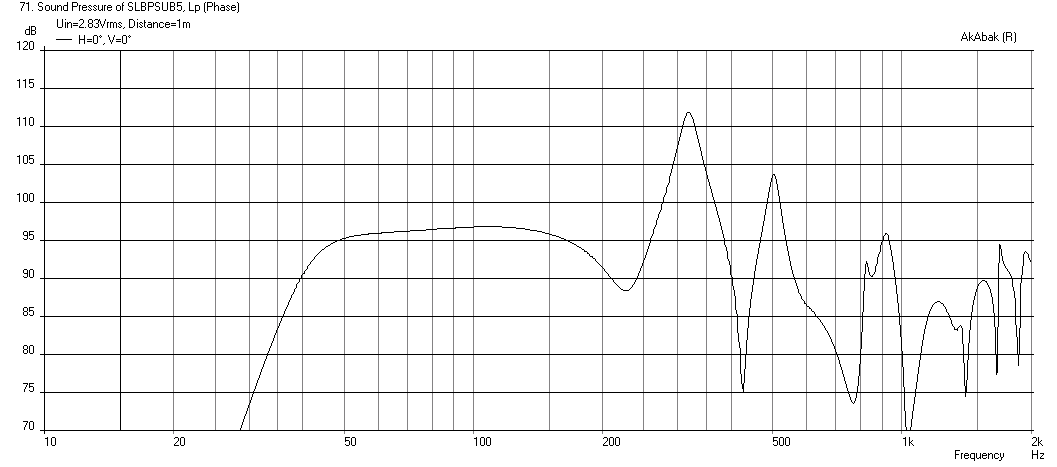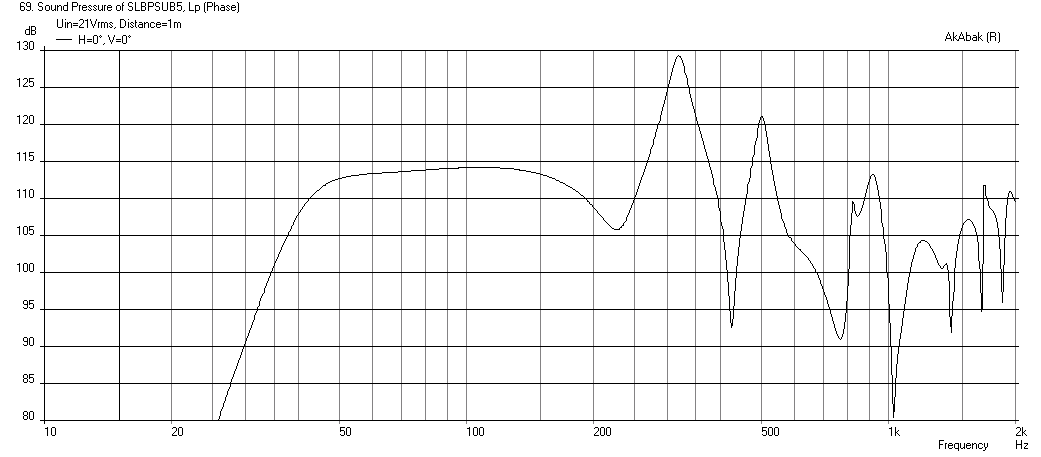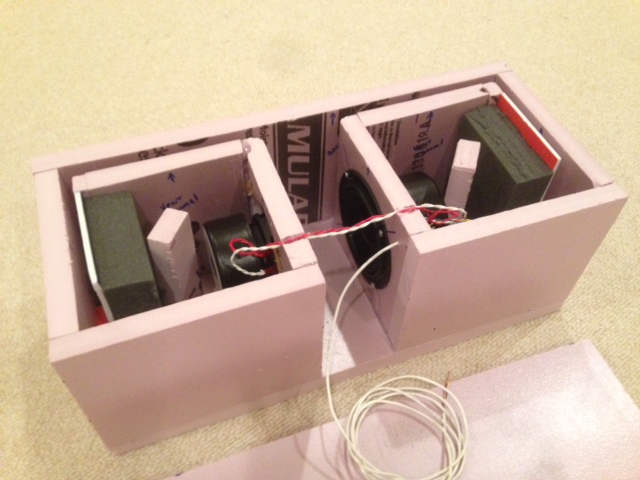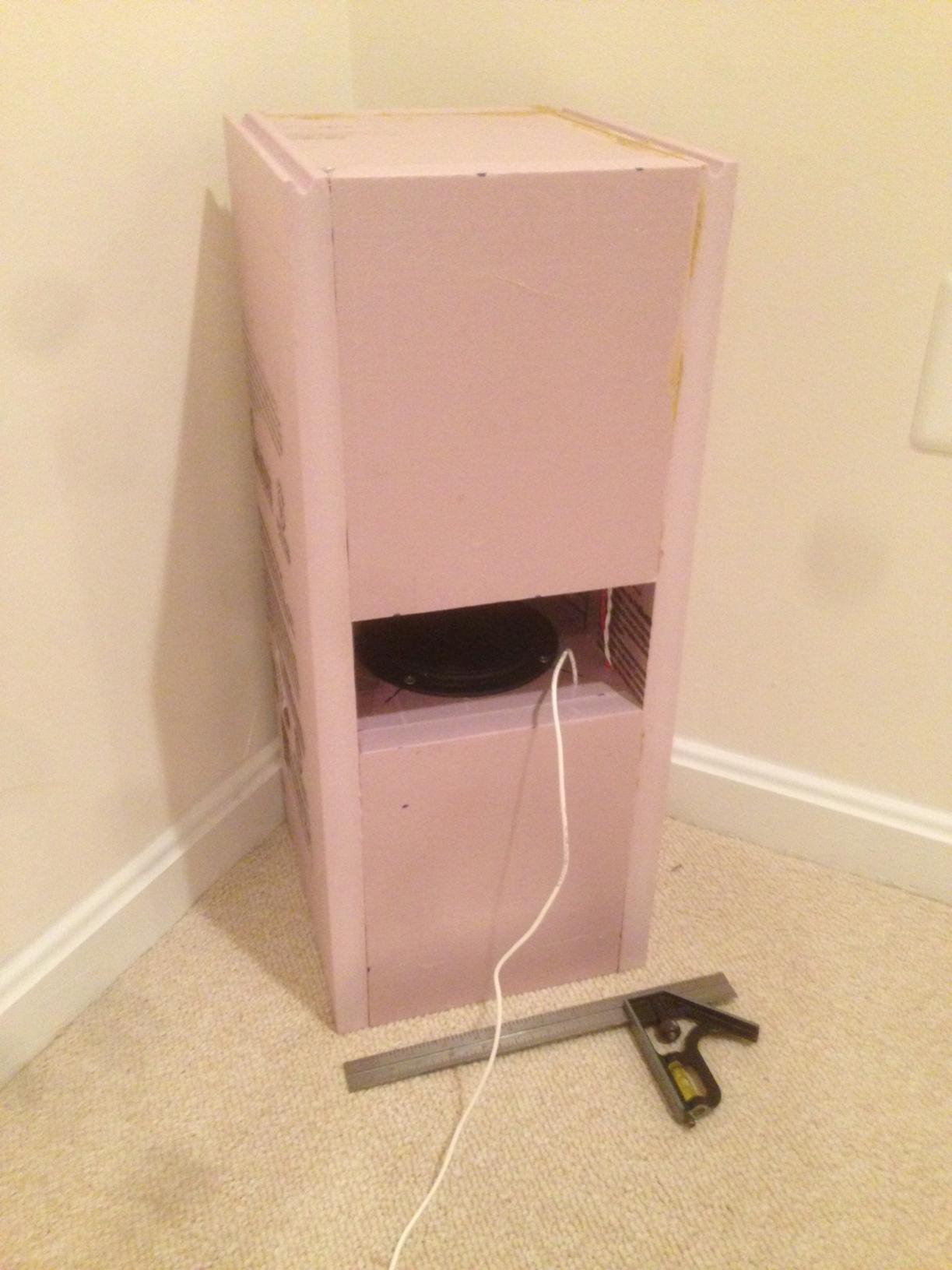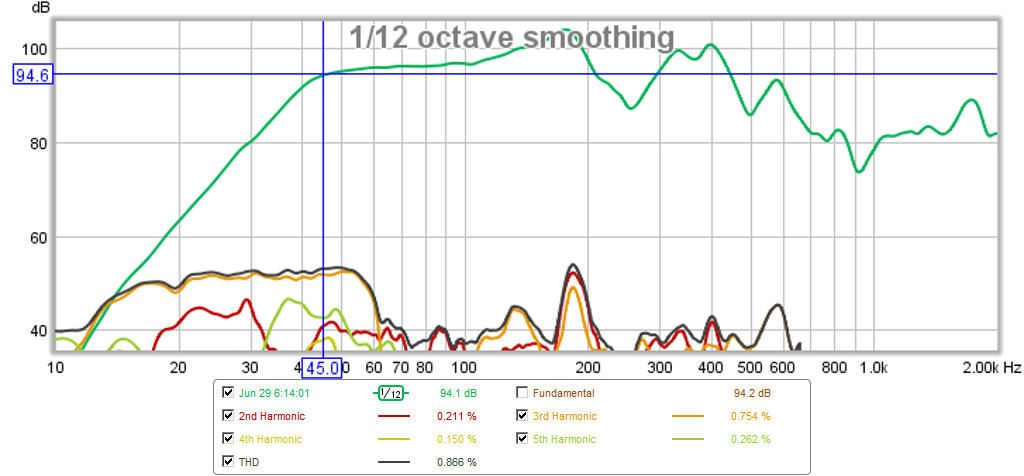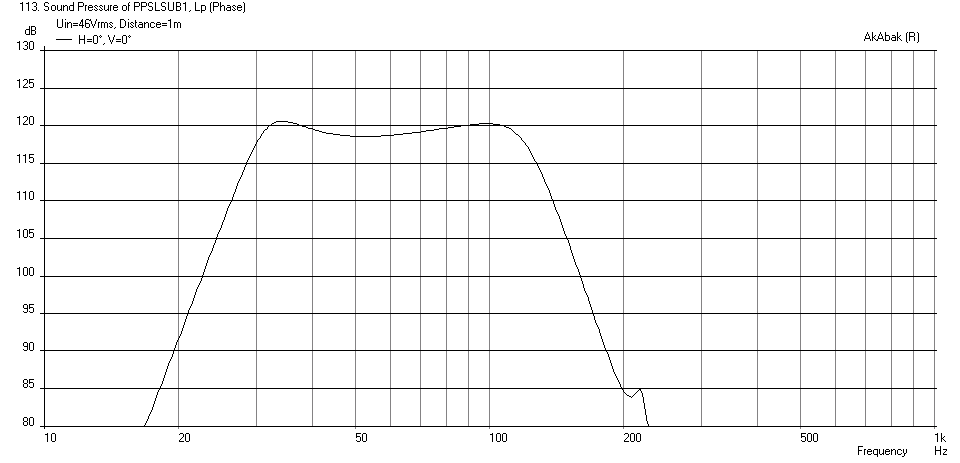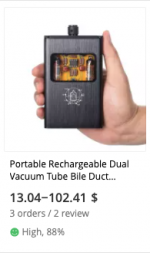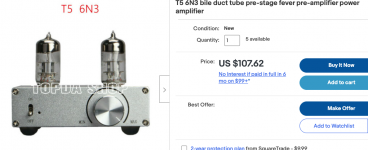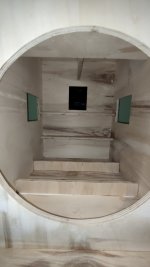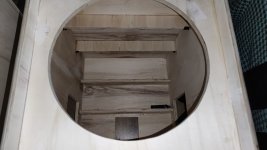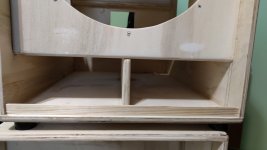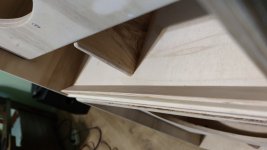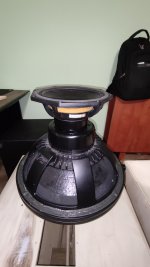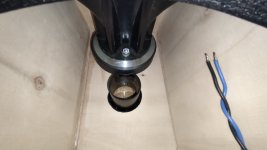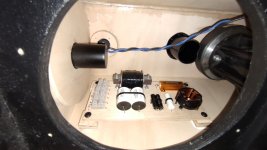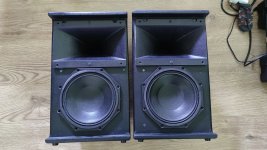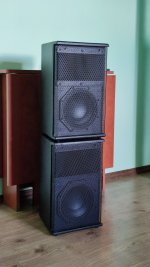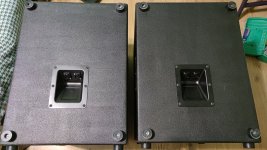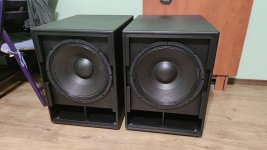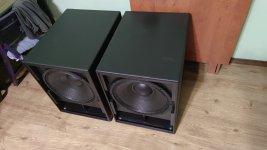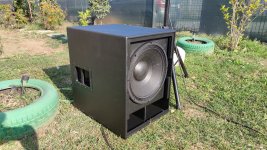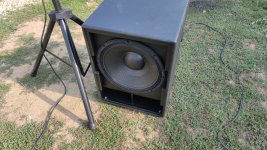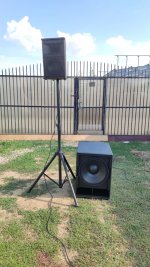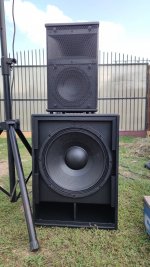I always found
Pete Millet’s LR phono preamp very interesting and I was wondering about how precise a LR-RIAA-network can get, using much cheaper inductors.
For all the details on how to develop an LR-network, check out PM’s excellent article on this topic on his homepage.
--
So I looked for some easy to source inductors and the choice fell on
Fastron 11p. I have not that much knowledge about inductors and I know that these were not designed for audio use, but it was the best (& cheapest) I could find.
Simulations: As expected, with ideal inductor values, the RIAA curve is easy to achieve, but as soon as some parasitic (series)resistance and particularly (parallel)capacitance is involved, things change…
So it turned out, that a “pure LR-RIAA” with cheap inductors seems not so easy to make.
Still I wanted to keep the network as easy as possible- so I came to the solution shown, with one additional capacitor: C3 boosts the bass-frequencies - without it the low frequencies dropped too much (see simulation). The result is a simulated frequency response of ~0-40kHz(-3dB) with some +0,5db/-1,5dB variations.
The RIAA network (series-resistance and parallel-capacitance of the inductors are not shown):
Simulated Frequency response:
green: with C3
red: w/o C3
---
Next step: I made a board with two opamps and the RIAA network between them. Instead of the network I put a connector on the board, so I can easily switch between RC- and LCR- network (which were on a piggy back-board).
To serve the low impedance of the network, the first opamp is actually made of two in parallel (which also helps reducing the input-stage noise a bit- but this is a parameter, which I completely ignored in this test), see schematic below.
Parts used:
L1: Fastron L-07HCP 1,0M
L2: 3x Fastron L-11P 150M
L3: Fastron L-11P 150M
C3: 2x Wima MKS02 63V 3,3µF
all resistors 1% metal-film (selected channel-wise)
IC1: NE5534 (also tested: NJM 2068, LM4562)
IC2: NE5532 (also tested: OPA627)
Schematic of preamp, LCR-network and rc-network:
The Bode-Plot function of my Osci was not so good to visualize the deviations that came out in the simulation. Measured Frequency-Response with RC-RIAA:
Measured Frequency-Response with LCR-RIAA:
Anyway, next thing was the hearing test:
First, this Preamp doesn’t sound bad at all! But unfortunately, I must disappoint those who were hoping that the cheap LCR network will be a revelation. Still, it is better by a small margin: instruments, voices are tad better separated, sound is a bit clearer, but it is a rather small difference compared to the RC-network. I wasn’t able to hear any differences in the frequency response, although the lowest bass should be somewhat lower with LCR network.
I have no possibility to make distortion measurements.
Remarks:
-although the inductors were 5% tolerance, all of them were within the 1% range. It was easy to pair two batches for left + right to better 0,5%
-bringing the inductors close together changes it’s inductivity. I didn’t consider this on my board, but the result was still good (within 1%)
Conclusion:
I have not really a conclusion for all this
😎
I have still some other phono-preamps that I want to build in the future and probably I will implement the 2122Hz pole with LC (150mH/2k).
I have already designed s split LCR-RIAA version of this, which should present a much more linear frequency-response but at present I have no time to build it.
A pic of the boards:
Cheers, Boris
